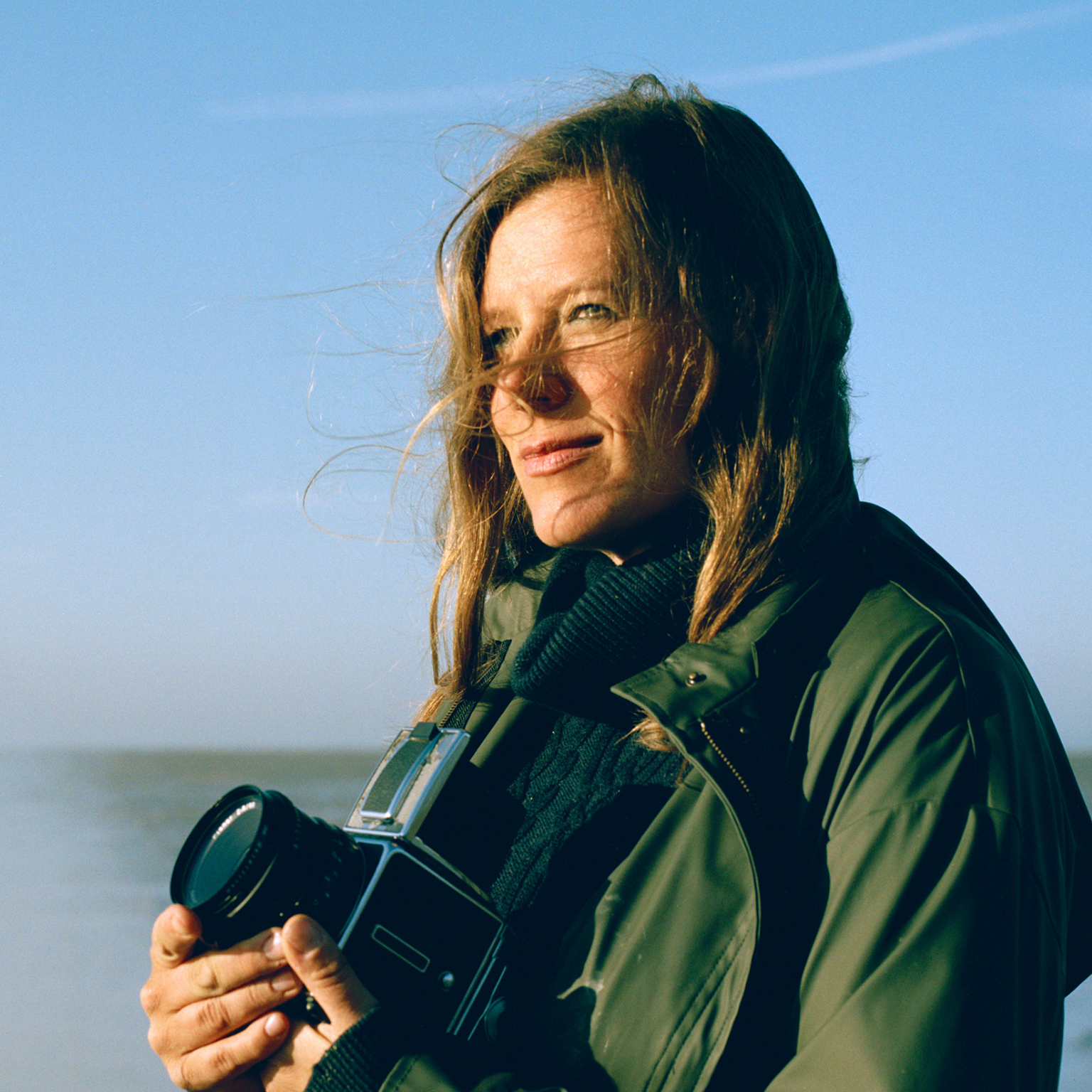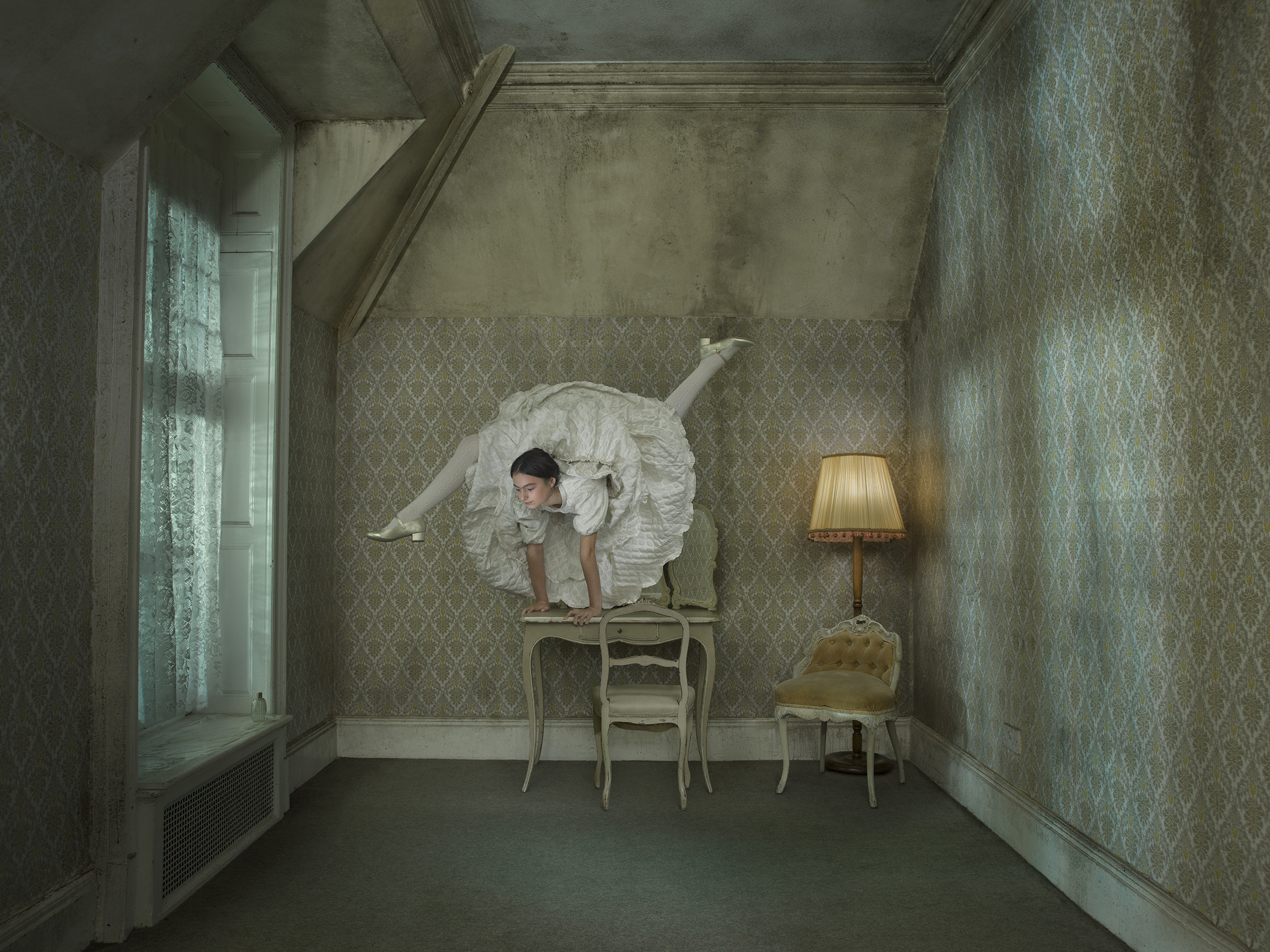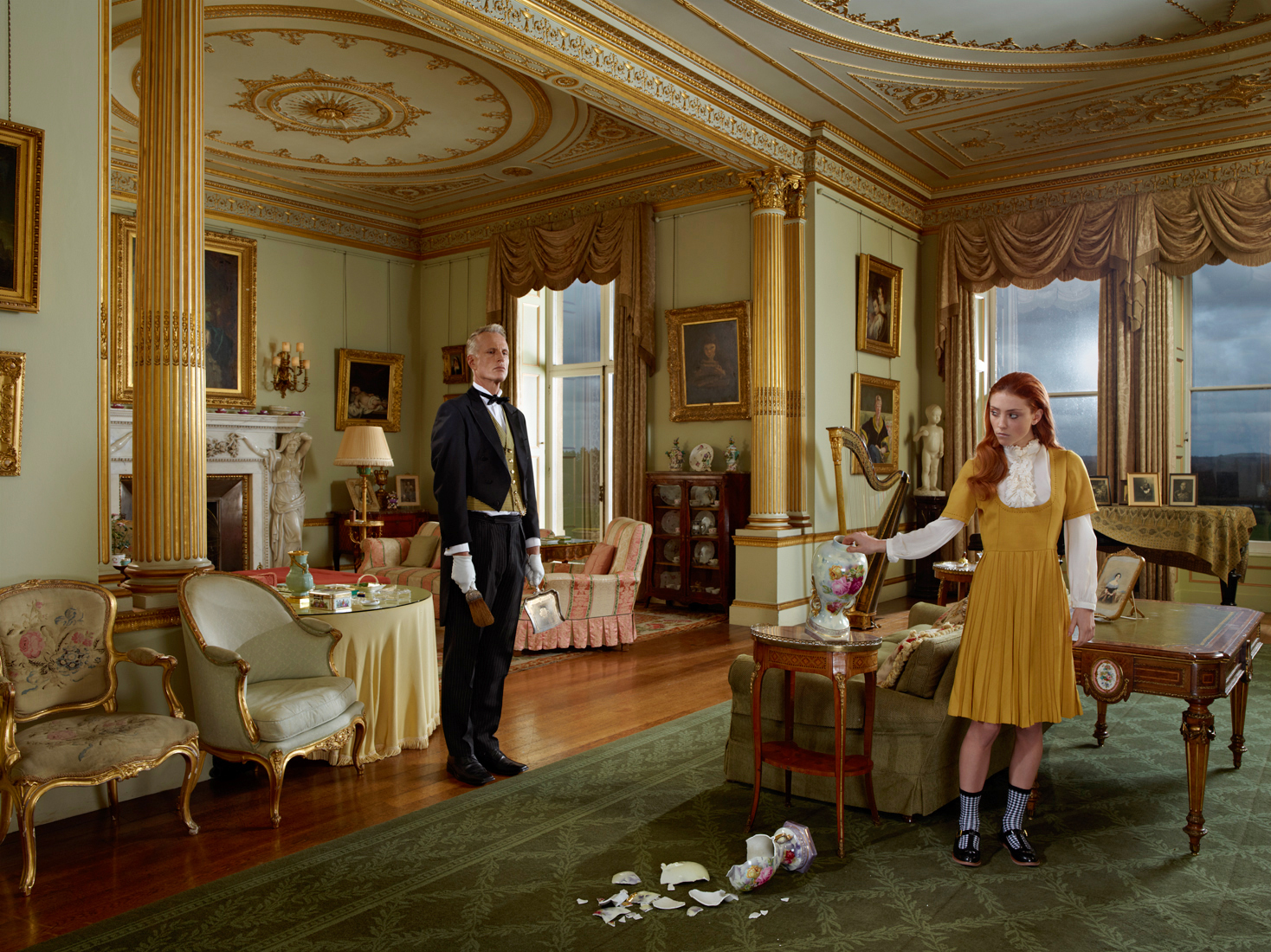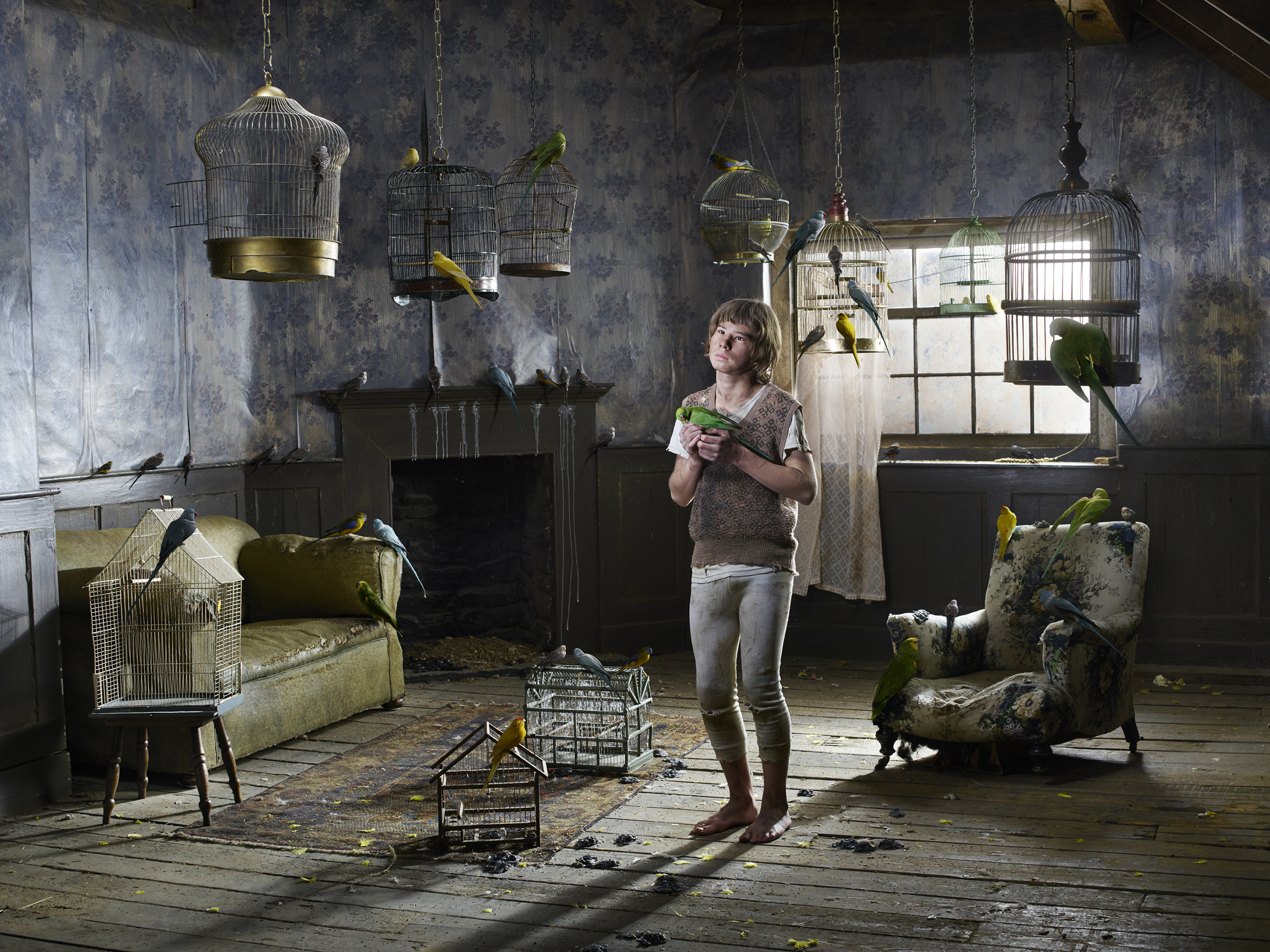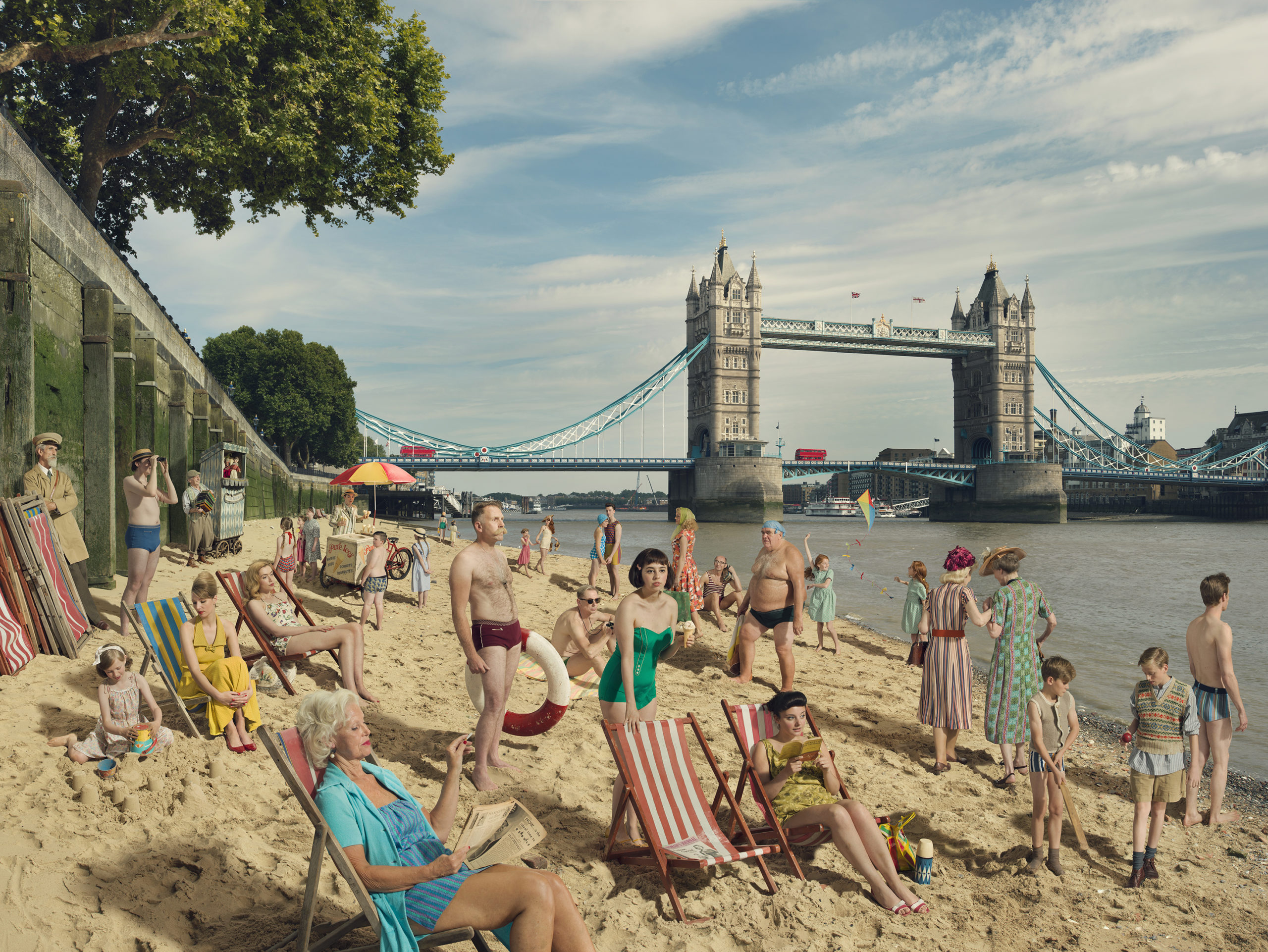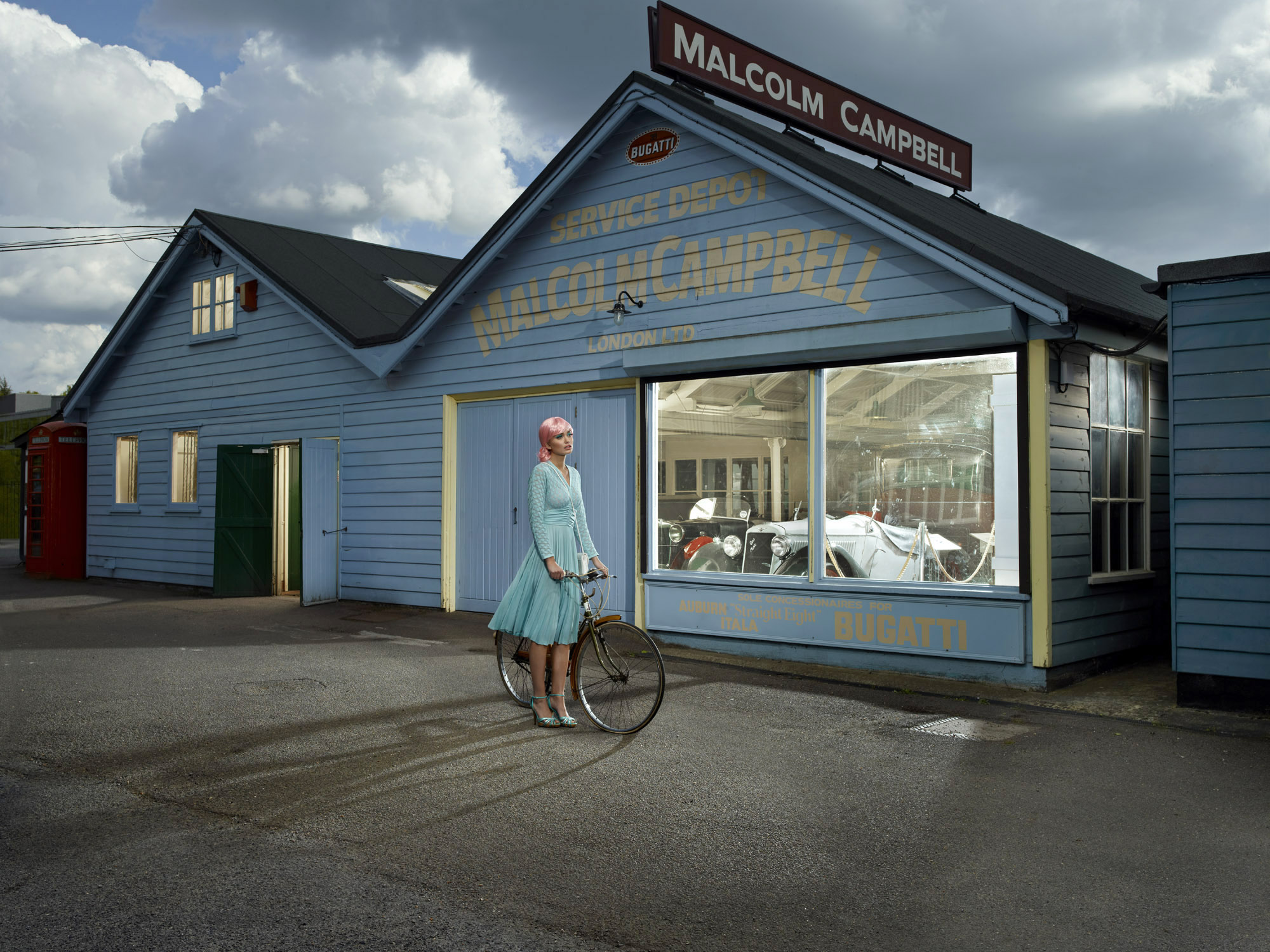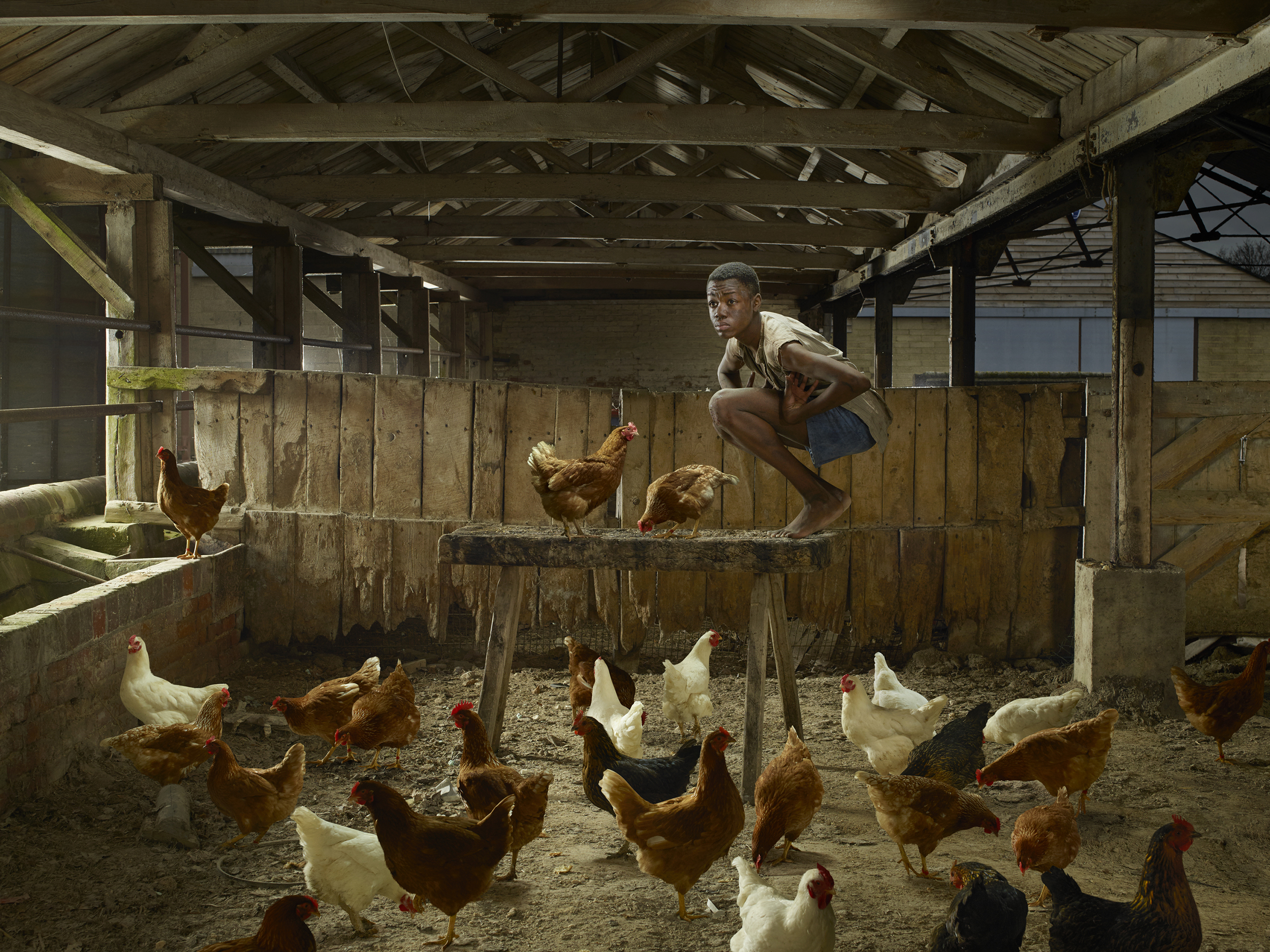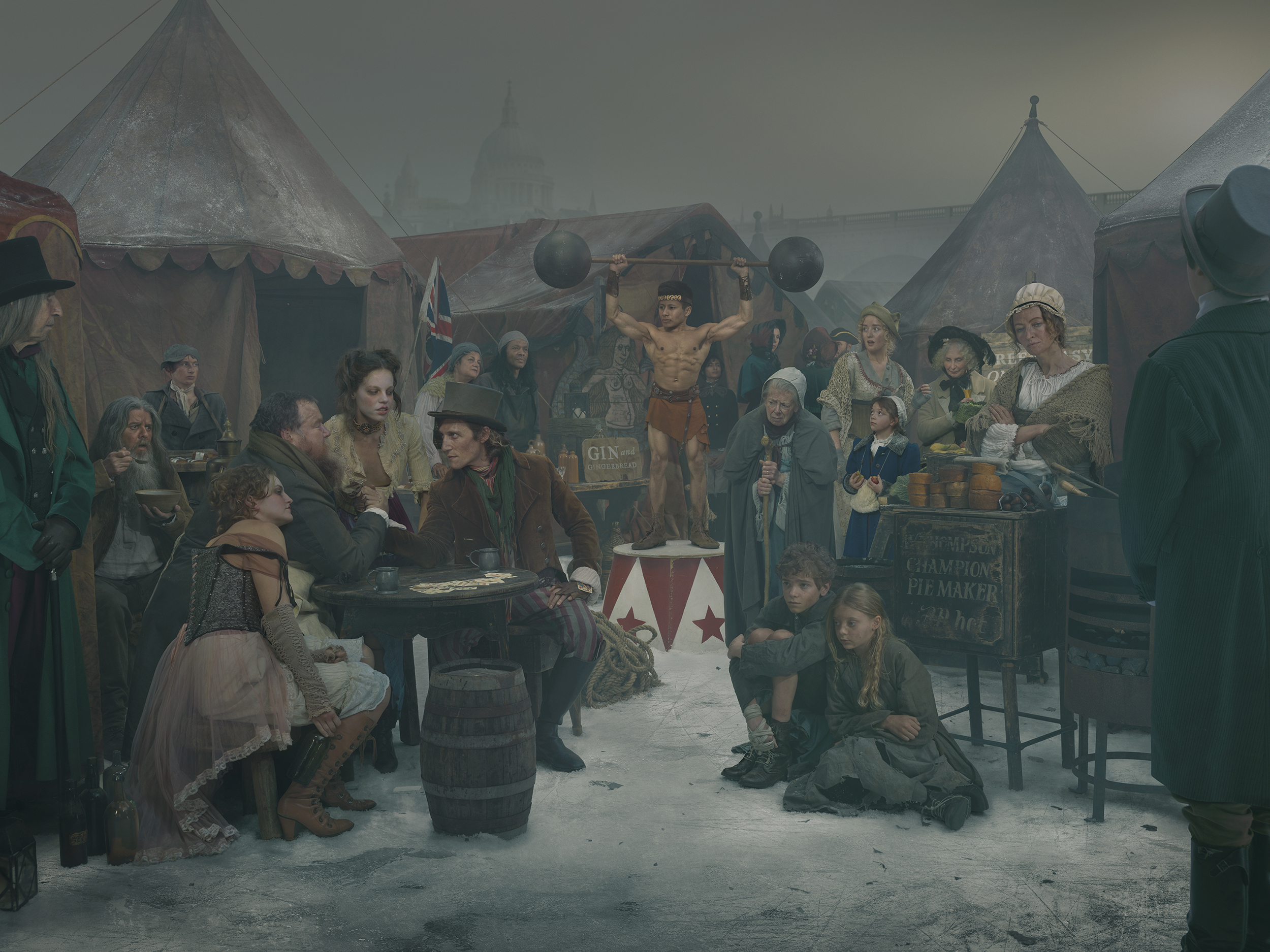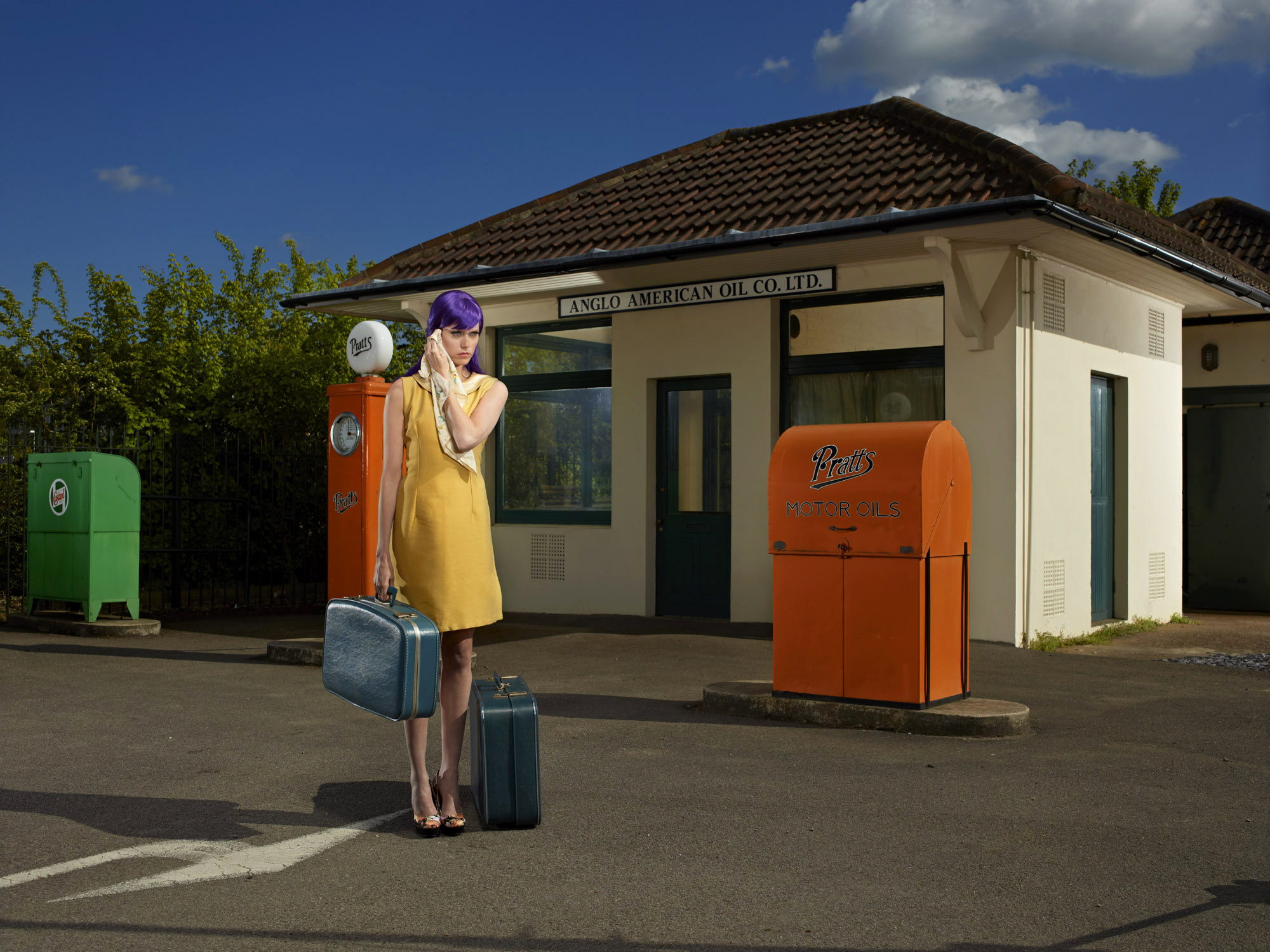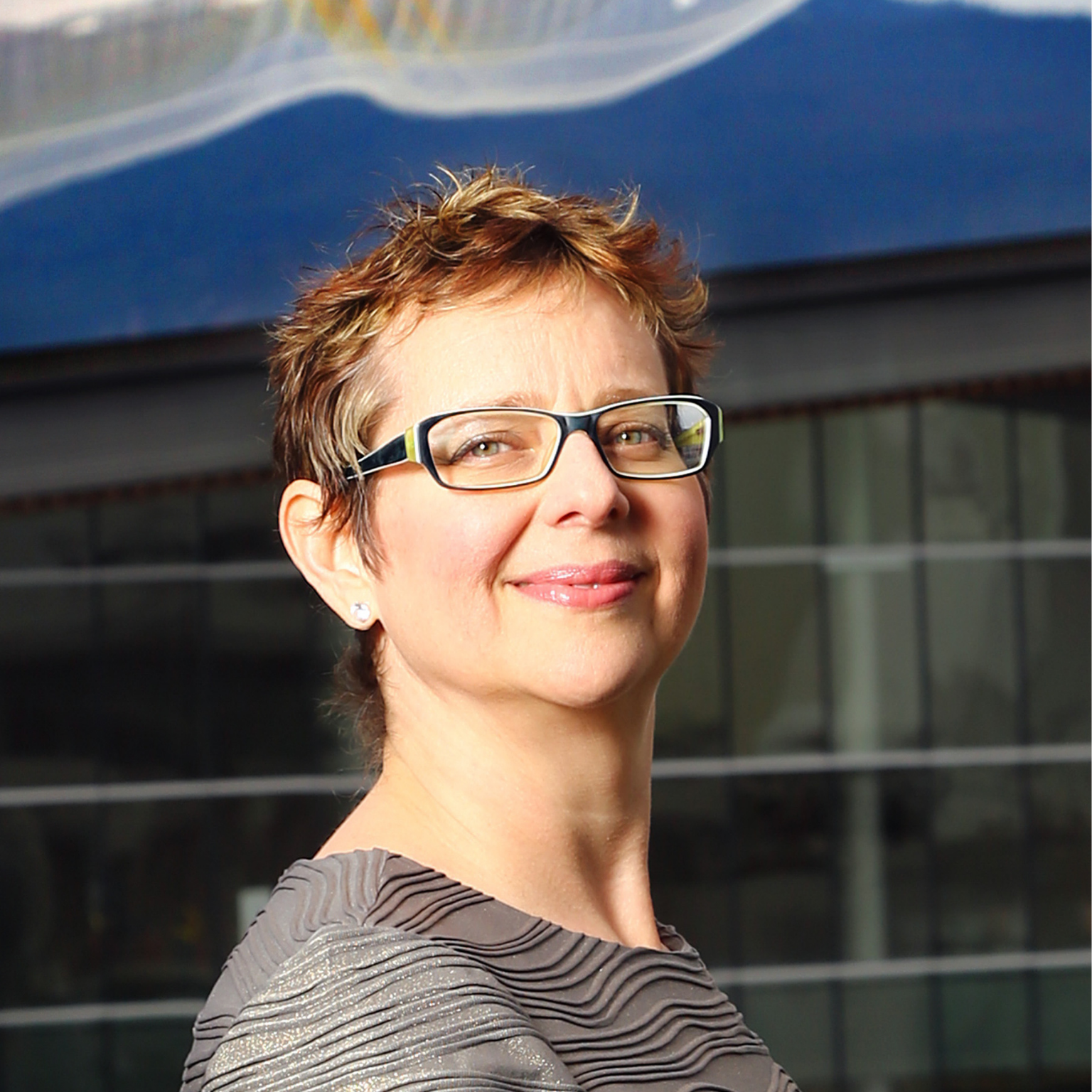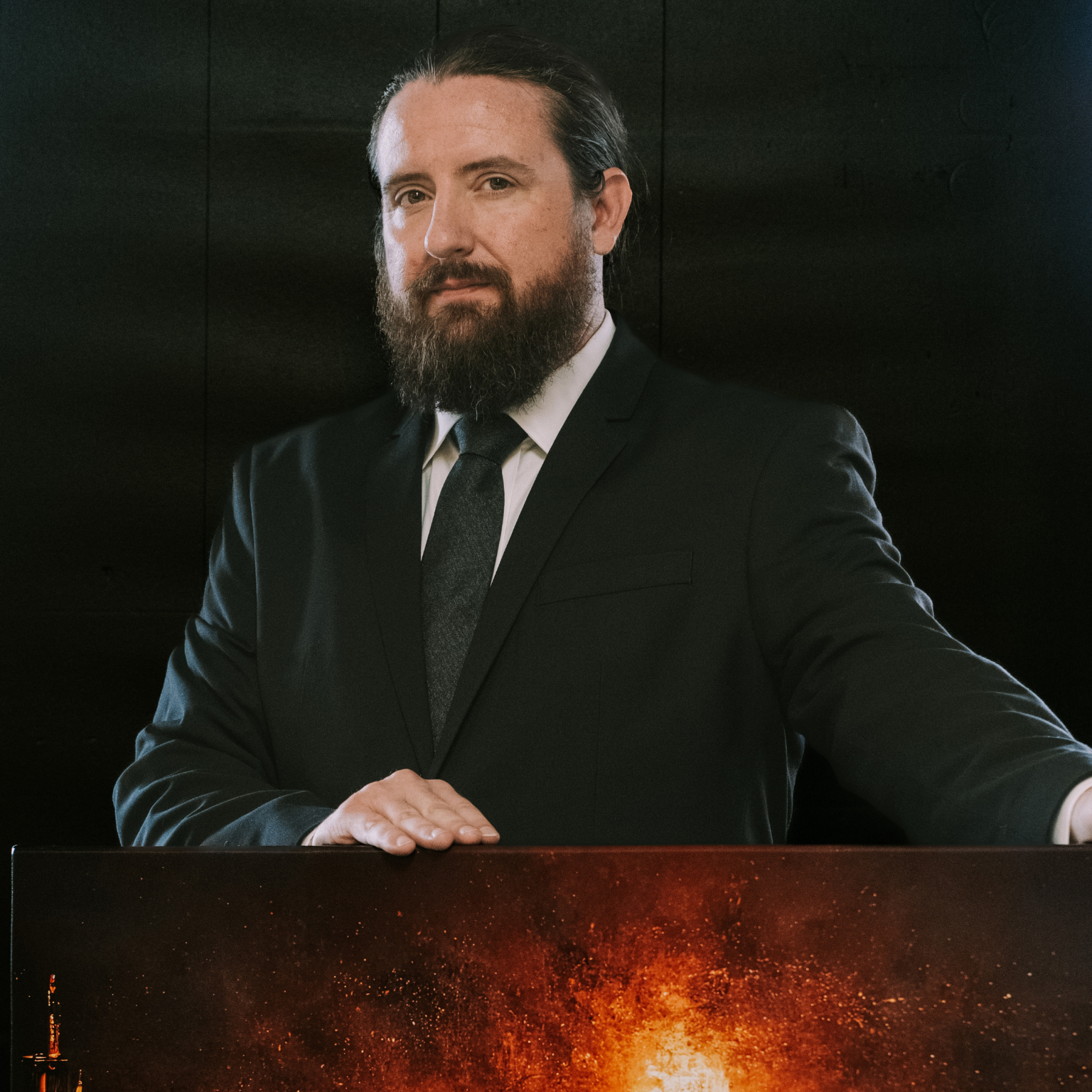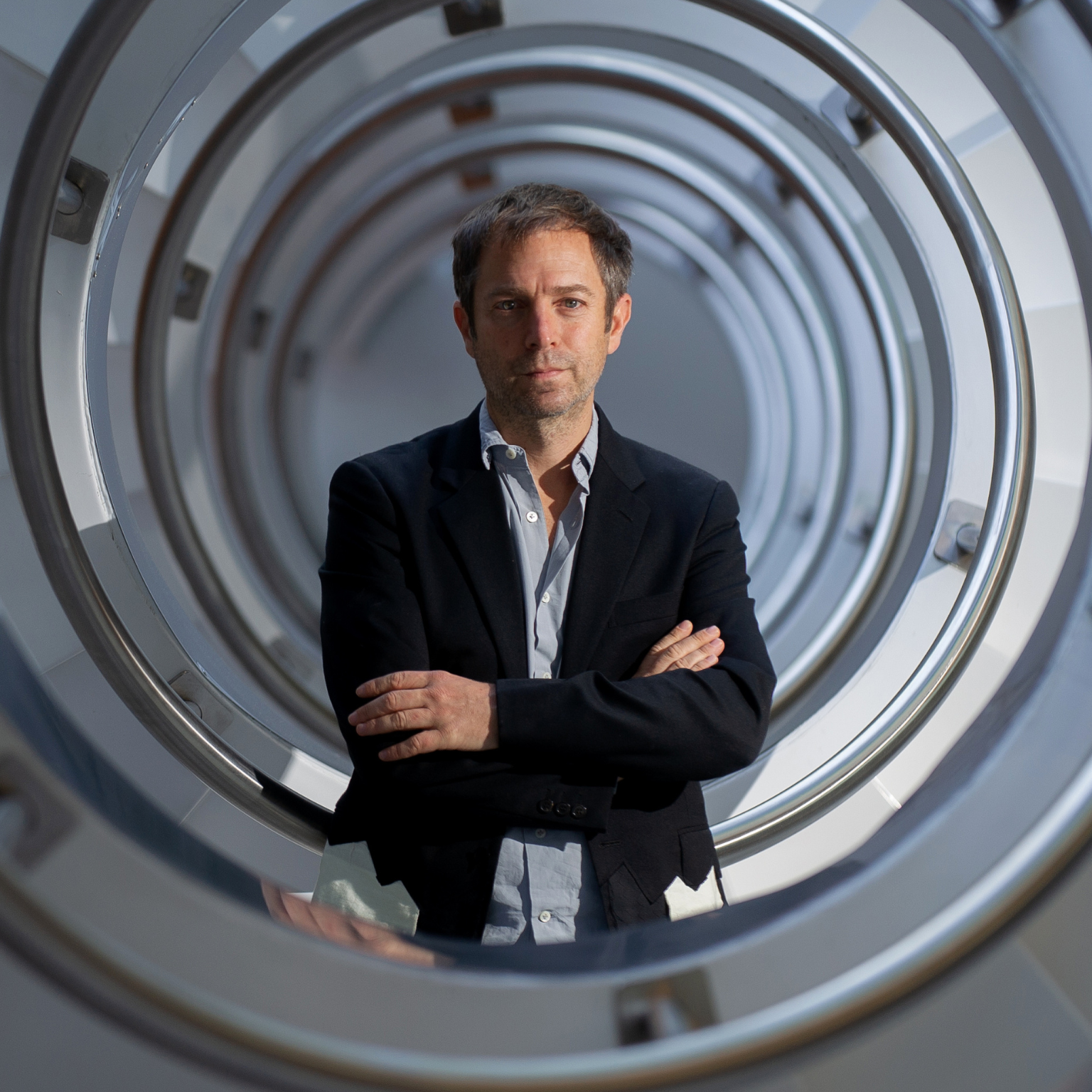Julia Fullerton-Batten, fine art photographer from Germany. Photo © Courtesy of the artist
1.Tell us what you do and your beginnings.
After studying photography, I was an assistant to an eclectic mix of professional photographers for five years. I would enter competitions and was fortunate to win a competition with some images that I shot in Vietnam.
I was signed up by a German agent, soon had my first commercial assignment and became a professional photographer in my own right. Since then I shoot both commercial work and fine-art projects, producing images that are exhibited worldwide. Essentially I am a story-teller using settings and lighting to recreate factual visual stories.

My early work stems from my own personal experiences as a teenager transitioning from pubescence to adulthood. Creatingimages for my first project, ‘Teenage Stories’, I hired locations on model villages in the UK and Europe, but still extensively found local street cast models and used wardrobe and props to help tell my stories. This project enabled my breakthrough as a fine-art photographer.
I won a competition, the prizes for which were the publication of my first book and exhibiting my images in Europe and the USA. My work also drew the attention of the National Portrait Gallery in London, and I was commissioned to photograph portraits of prominent people in the UK health service. The images are now held in the permanent collection of the Gallery.
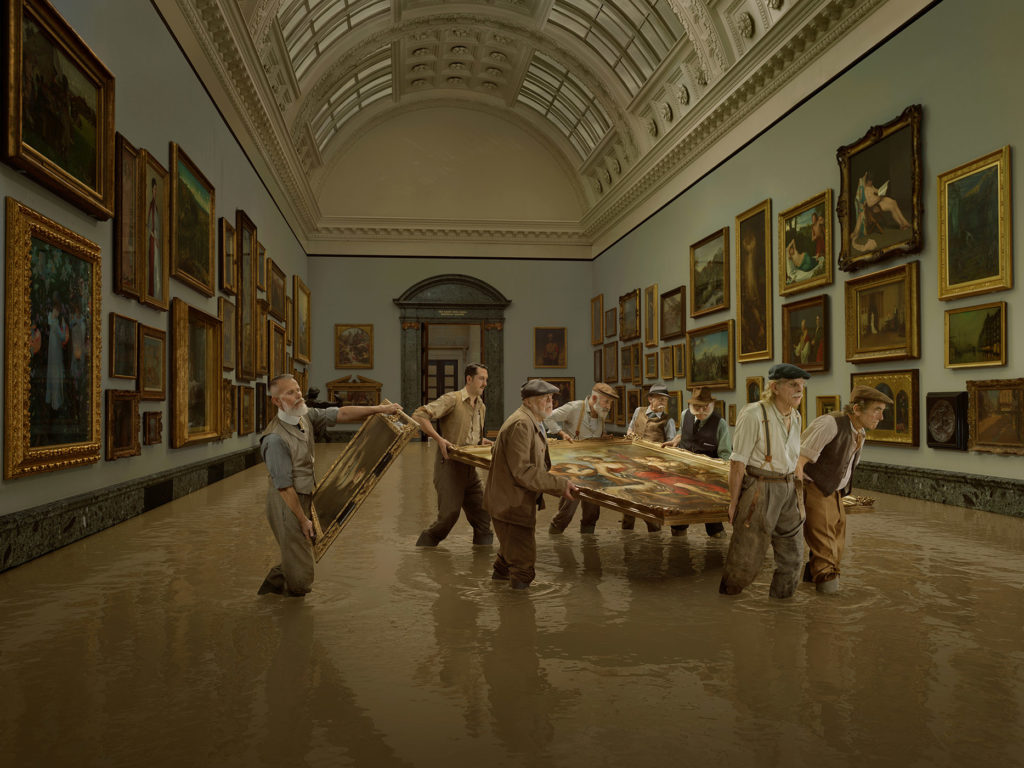
Since then I have shot a total of fifteen major projects covering a wide range of topics, from the semi-autobiographic early work to my mammoth ‘Old Father Thames’ project that took three years to create and included a widely acclaimed short film of the ‘1814 Frost Fair’ – the story of the last time the River Thames froze over sufficiently for the Londoners to put up entertainment on the ice and walk an elephant from shore to shore across the river.
My latest body of work is ‘Looking out from Within’, the ‘story’ of our new existence experienced by everyone during lockdown, but particularly related to my neighbours in West London. I am now self-publishing a book of the images that will be released shortly.
2.What does your work aim to say?
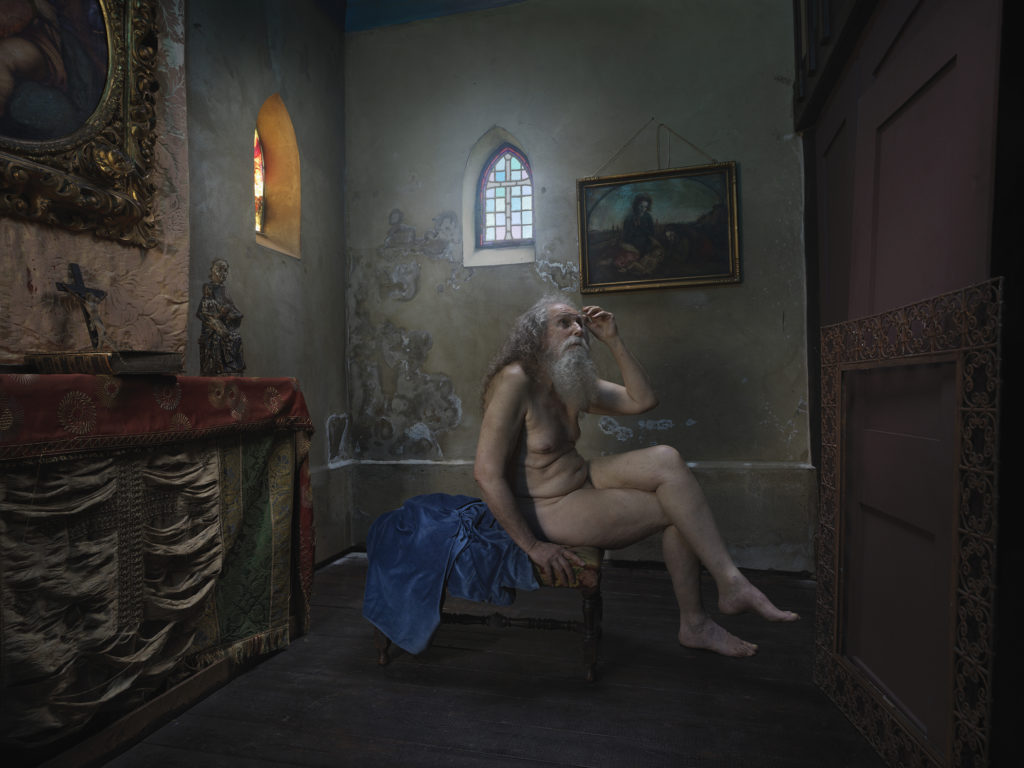
Upon reflection my main aim is to get viewers to relate to the subject matter that I am portraying in any particular image and associate with it, provoking thoughts.
I feel this is best summed up by the imagery in my project ‘Feral Children’, where I have illustrated the ‘stories ’of often very young children, either maltreated by their parents, who get comfort by wild animals or lost in the wilderness. I take a viewpoint on society’s attitude toward extreme figure consciousness in ‘Unadorned’ and query in ‘The Act’ – why do women, many well-educated, wittingly choose to earn their living by exploiting their bodies as sex-workers…
My father-in-law went blind. As a photographer who relies on sight I questioned what that loss of sight might mean to me, let alone anybody else. I tell a story to provoke a reaction and force the viewer to come to terms with their reaction.
3.Where do you find inspiration for your art?
My inspiration for my projects come from living, walking down the street, being aware of things that went on in the world or are going on around me now… living in London I am able to visit museums and art galleries.
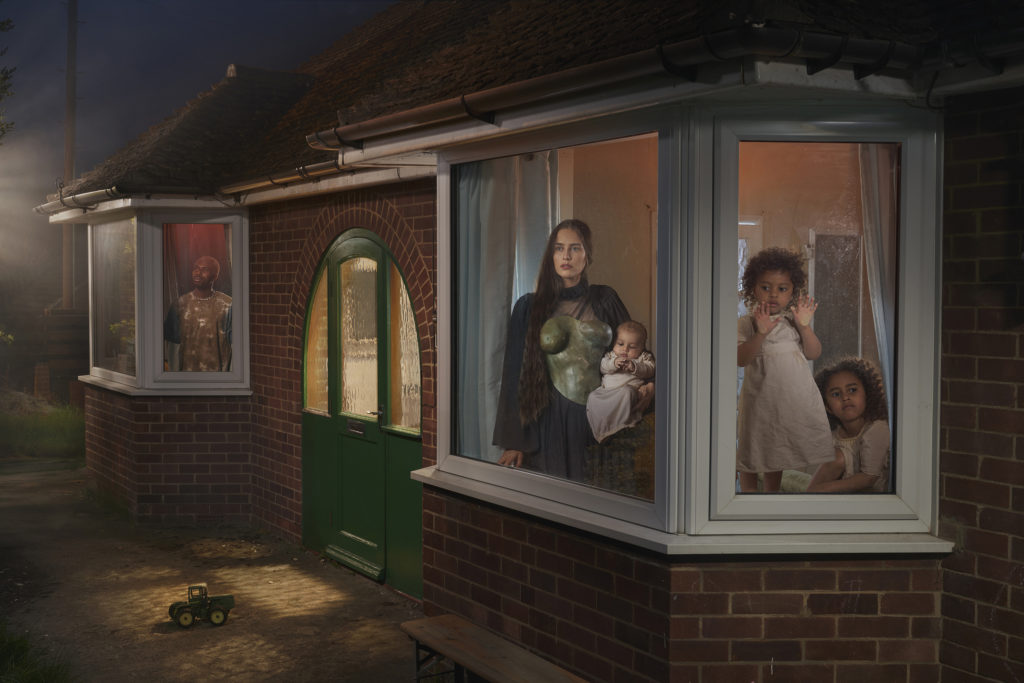
How I portray my stories – lighting techniques, settings, use of colour, etc… I have been inspired and influenced by Old Master painters, modern day painters, David Hockney, Edward Hopper, Lucian Freud, and Eric Fischl, as well as photographers, such as William Eggleston and Jeff Wall are some great inspirations for me.
4.Could you give us some insight into your creative process?
Research is an absolute priority for me as I am a stickler for ensuring authenticity in my images. My projects comprise of the main story with sub-plots, these range from twelve sub-plots to over thirty for ‘Old Father Thames’. As I fill out details for the stories I have to make sure that my background research fits my criteria for knowledge of intricate details of locations, settings, models, clothing, props for each image. Armed with this knowledge I will then start the search for the necessary ingredients for creating a successful and authentic image.
I use a mixture of street cast and experienced models, also actors. Sometimes, special skills are needed for the part, so I pay close attention for that detail. I like to meet models before selecting them or have detailed information and photos or videos of their prior work.
On the day of the shoot, I brief the models on the role they have to play, then let them carry it out, only interrupting when the action begins to flag, or I have seen some bit of added magic that will enhance what I’m looking for in the scene. My camera is tethered to a large screen so I can pick up any need for adjustment in the lighting setup.
5.What are your future projects?
I am thoroughly immersed in getting my book ‘Looking out from Within’ published and, at the same time, shooting a period project of nude men set against a background of old master paintings.
Interview by Fabio Pariante, journalist / Twitter – Instagram
MORE
Julia Fullerton-Batten on social networks: Instagram – Facebook – Linkedin
Julia Fullerton-Batten (Bremen, Germany, 1970) is an international fine art photographer and especially in her early works there is a hint of autobiographical aspects that recall the periods of her adolescence, the separation of her parents, the first loves and the years lived in Germany, in the United Kingdom and the United States.
Fullerton-Batten’s projects tell about social themes and to tell them she uses actors, adults and children, to tell news stories. Her style is recognized by the set she creates for the shots with cinematic lights that fill shades and aspects that outline shadows and colors in which mystery, melancholy, loneliness and sometimes restlessness are glimpsed.
She creates in each work a sort of tension with which she invites the viewers to open the horizon of their point of view to reflect on the chosen theme. Fullerton-Batten lives and works in London.
